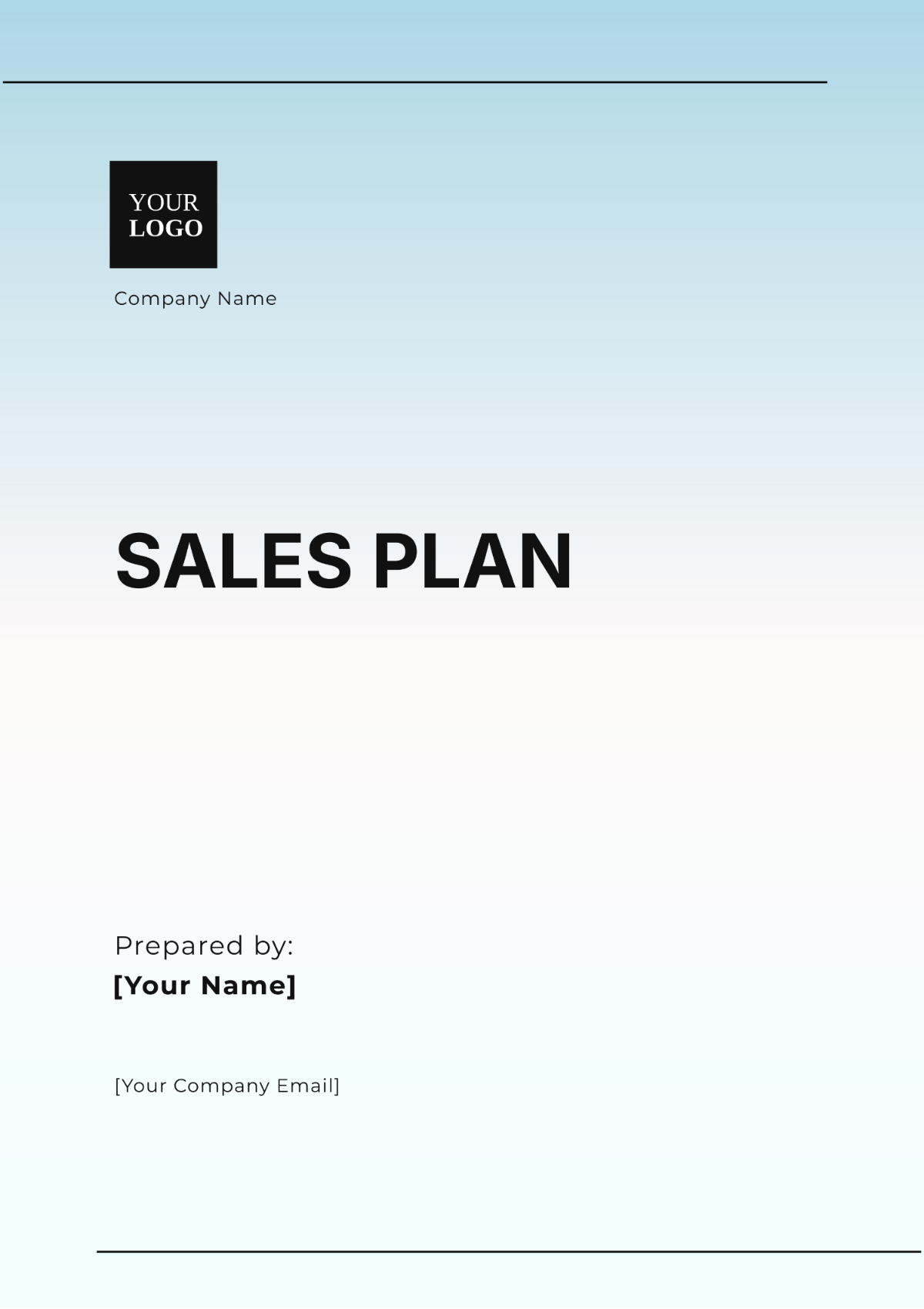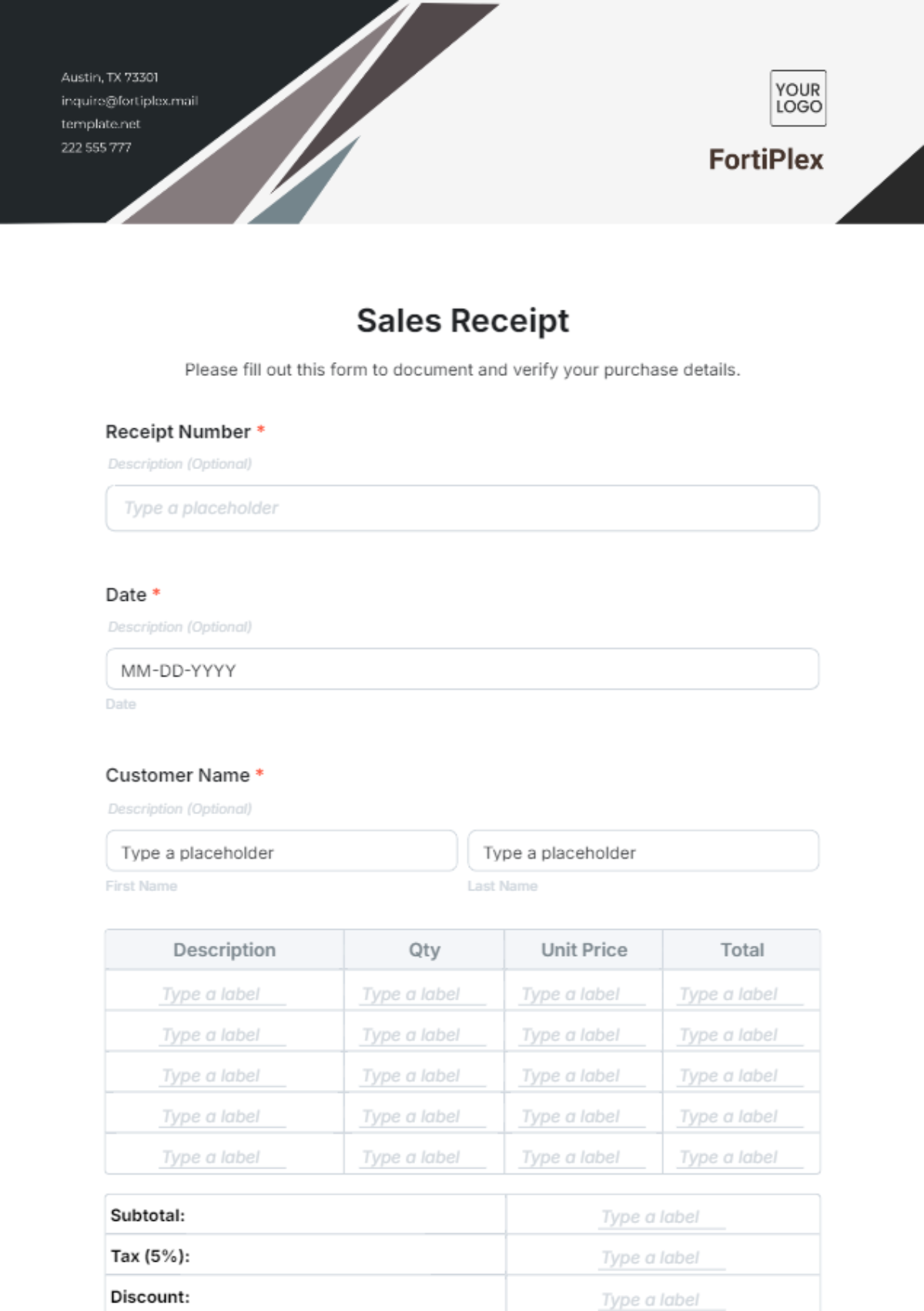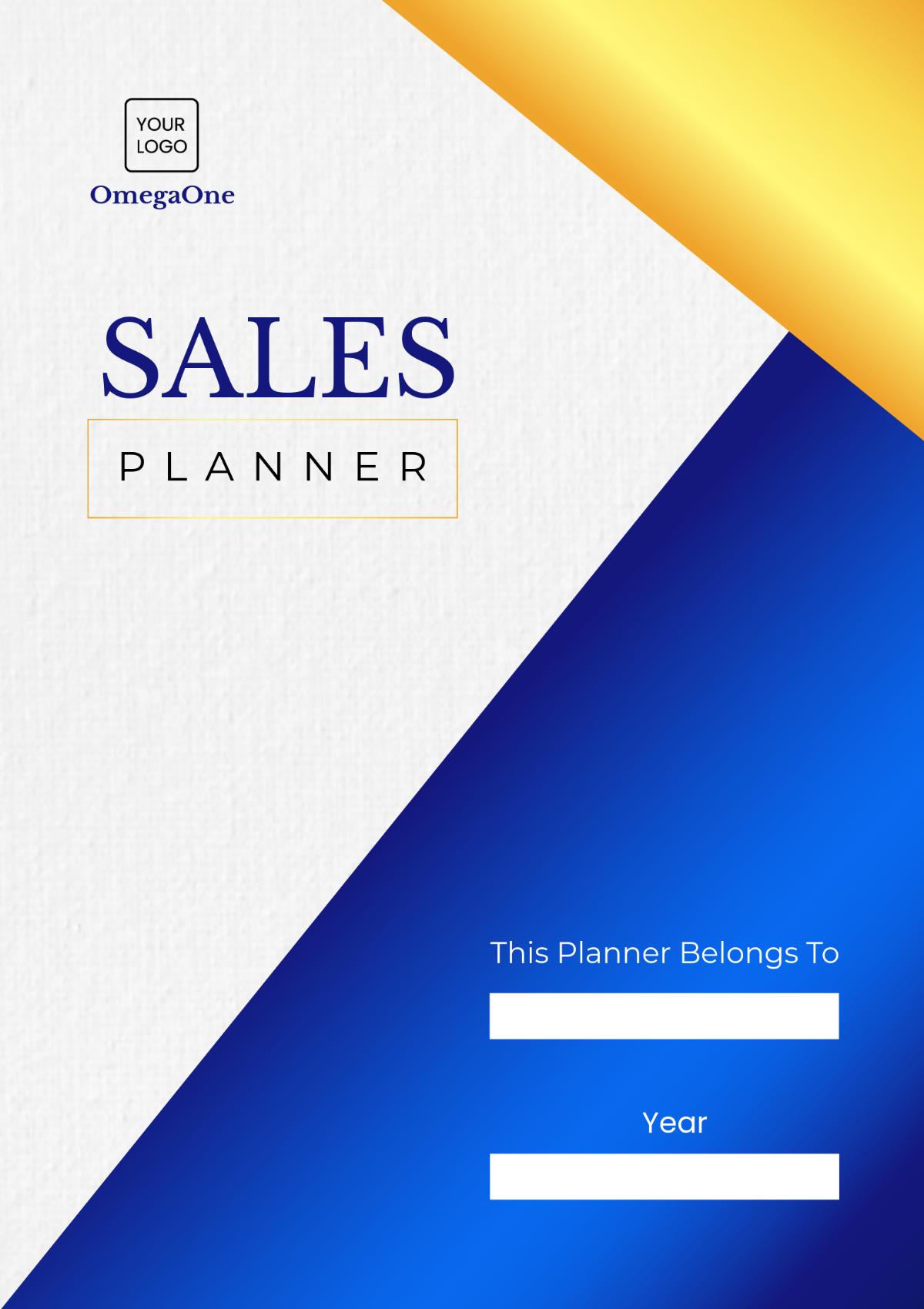Sales Client Lifecycle Study And Best Practices
EXECUTIVE SUMMARY
In today's dynamic market, the very essence of successful businesses lies in their ability to not just attract new clients but also to nurture and retain them. This report is a comprehensive exploration of strategies and insights that transcend industry boundaries, equipping businesses with the tools necessary to thrive in this evolving landscape.
In an era where customer experience is paramount, understanding the nuances of the client lifecycle is pivotal. From initial acquisition to the subsequent stages of onboarding, relationship building, and retention, our study delves into each phase, uncovering actionable best practices that are tried, tested, and adaptable for all. Through this report, we aim to provide you with a roadmap to enhance the client experience, build lasting relationships, and ultimately drive revenue growth.
CLIENT LIFECYCLE STAGES
Acquisition: The foundation of the client journey, where prospects transition into paying clients. Strategies encompass lead generation, personalized outreach, and the conversion process.
Onboarding: The critical early phase where clients familiarize themselves with your offerings. Effective onboarding involves education, welcoming gestures, and comprehensive support.
Engagement: The period where the client relationship deepens. Building engagement relies on regular interaction, customer-focused communication, and consistent quality experiences.
Retention: Keeping clients happy and loyal is paramount. Strategies include loyalty programs, proactive issue resolution, and exceptional customer service.
Growth: Identifying opportunities for upselling and cross-selling, capitalizing on existing client relationships to expand revenue.
Advocacy: Transforming clients into your brand's advocates, a stage that embodies the pinnacle of client loyalty. Advocates drive referrals and positively influence others in the market.
CLIENT ONBOARDING
Client onboarding is the crucial first step in establishing a strong and lasting client relationship. An effective onboarding process ensures that new clients transition smoothly from prospects to satisfied and informed customers. It sets the tone for the entire client journey, significantly impacting client retention and satisfaction.
Client Onboarding Best Practices
PRACTICE | DESCRIPTION |
|---|---|
Personalized Welcome Messages | Start with a warm and personalized welcome message to show appreciation for the client's choice. |
Comprehensive User Guides | Provide easily understandable user guides and resources to simplify the initial use of your products or services. |
Product Demonstrations | Offer live product demonstrations or virtual walkthroughs to showcase key features and address questions. |
Education and Training | Provide training sessions and online courses to ensure clients are proficient in using your offerings. |
Scheduled Check-Ins | Establish regular check-in schedules to address issues and ensure clients adapt to your solutions effectively. |
Clear Communication | Maintain open communication channels for addressing client inquiries promptly. |
Set Milestones | Define onboarding milestones and celebrate client achievements to make the process engaging and rewarding. |
RELATIONSHIP BUILDING
Building strong, enduring relationships with your clients is the cornerstone of a successful business. Clients who feel valued and supported are more likely to become loyal advocates for your brand. Here are key strategies for effective relationship building:
Personalized Communication:
Tailor your communication to each client's preferences. Some may prefer emails, while others prefer phone calls or in-person meetings.
Address clients by their names and acknowledge their individual needs and challenges.
Send personalized greetings on birthdays or anniversaries of your partnership.
Ongoing Engagement:
Maintain a regular cadence of engagement. This might include monthly newsletters, informative webinars, or interactive workshops.
Share industry insights, case studies, and success stories that are relevant to the client's business.
Actively participate in industry events or trade shows where your clients are present, fostering face-to-face interactions.
Exceptional Customer Support:
Offer a dedicated support team available for client inquiries and concerns.
Provide clear and easily accessible support channels, including email, phone, and a knowledge base.
Resolve client issues promptly and with empathy, ensuring they feel heard and valued.
Celebrating Milestones:
Recognize and celebrate client milestones, such as anniversaries of the partnership or significant achievements.
Send personalized congratulations and small tokens of appreciation.
Highlight your clients' successes in case studies or testimonials, showcasing their achievements to a broader audience.
Continuous Improvement:
Seek feedback and suggestions from clients on a regular basis.
Act on their input by making necessary improvements to your products or services.
Show clients that their opinions are valued and have a tangible impact on the evolution of your offerings.
CLIENT RETENTION
Client retention is the lifeblood of any business. In a very dynamic market, maintaining a loyal client base is more critical than ever. To keep clients satisfied and ensure they remain committed to your brand, consider the following strategies:
Loyalty Programs:
Implementing a robust loyalty program can significantly impact client retention. Offer rewards, discounts, and exclusive benefits to clients who continue to choose your products or services. This encourages repeat business and fosters a sense of belonging to your brand's community.
Monitoring Client Satisfaction:
Regularly measure and monitor client satisfaction through surveys, feedback forms, and Net Promoter Score (NPS) surveys. These tools provide valuable insights into your clients' experiences and highlight areas that require improvement.
Proactive Issue Resolution:
Promptly address any issues or concerns raised by clients. Implement a system for handling complaints efficiently and professionally. Resolving problems quickly not only retains the client but can also turn a potentially negative experience into a positive one.
Personalization:
Leverage data and technology to provide a personalized experience for your clients. This could involve tailoring product recommendations, sending personalized greetings on special occasions, or customizing your marketing communications based on the client's preferences and behavior.
Regular Communication:
Stay engaged with your clients even after the initial sale. Regular email newsletters, webinars, or exclusive events can keep your brand on their radar. These touchpoints help build and strengthen the client-brand relationship.
Celebrating Milestones:
Recognize and celebrate your clients' milestones and successes. Acknowledging their achievements, work anniversaries, or other personal or professional landmarks demonstrates that you value their partnership.
Client Education:
Offer ongoing education and training on your products or services. Well-informed clients are more likely to use your offerings to their full potential and remain satisfied with your brand.
Tailored Retention Strategies:
Every client is unique. Develop client-specific retention strategies based on their behaviors, preferences, and needs. This might involve tailored incentives, such as personalized discounts or product bundles.
Subscription Models:
Consider offering subscription-based services or products. Subscriptions create a reliable, recurring revenue stream and encourage clients to stay engaged with your brand over an extended period.
Community Building:
Foster a sense of community around your brand. Encourage clients to connect with each other, share experiences, and provide support. Building a community not only retains clients but can also turn them into brand advocates.
UPSELLING AND CROSS-SELLING
This stage serves as an opportunity to not only enhance your clients' experience but also drive substantial revenue growth. Here, we delve into the strategies and best practices for identifying additional needs, offering complementary products or services, and increasing the lifetime value of your clients.
Identify Client Needs:
Start by understanding your clients' evolving needs. Regularly assess their usage patterns and preferences to identify potential areas where additional offerings can provide value.
Leverage data analysis and customer insights to tailor your recommendations. Personalization is key to making clients feel understood and valued.
Complementary Products and Services:
Offer a range of complementary products or services that seamlessly align with your clients' current purchases. These should enhance their existing solutions and provide added benefits.
Package complementary items together to create bundled solutions at discounted rates. This can incentivize clients to make additional purchases.
Personalized Recommendations:
Implement smart recommendation engines that suggest products or services based on clients' previous interactions, preferences, and behavior. This level of personalization often results in higher conversion rates.
Utilize automated email campaigns to introduce these personalized recommendations, making it convenient for clients to explore further offerings.
Client Education and Support:
Support your upselling and cross-selling efforts with client education. Provide resources and training to ensure clients understand the value of additional purchases.
Offer exceptional customer support during this stage, addressing inquiries and concerns promptly to ease the decision-making process.
Measuring Success:
Establish clear key performance indicators (KPIs) to gauge the success of your upselling and cross-selling strategies. These might include increased purchase frequency, higher average order value, and improved client satisfaction scores.
Regularly review and analyze these metrics to refine your approaches and continuously improve your client engagement.
CLIENT FEEDBACK AND IMPROVEMENT
Feedback Loops: Establish continuous feedback loops to encourage open communication. Create a designated feedback channel, conduct regular surveys, and offer accessible contact points for clients to voice their opinions.
Data-Driven Insights: Employ advanced analytics and data monitoring tools to derive actionable insights from client feedback. Analyze data to understand trends, preferences, and pain points.
Proactive Issue Resolution: Act on client input promptly. Develop a system that allows for quick issue identification and resolution. Implement a tiered response system to address concerns effectively and prevent them from escalating.
Product Development: Use client feedback as a primary source for product or service improvement. Develop a product enhancement process that integrates client suggestions and priorities into the development roadmap.
Client Involvement: Engage clients in the improvement process by inviting them to participate in beta testing, pilot programs, or advisory boards. This not only fosters a sense of ownership but also ensures that product enhancements align with their needs.
Feedback Integration: Cultivate a culture of feedback within the organization, where every team member understands the value of client input. Share success stories that highlight how client feedback has directly led to product improvements or innovative solutions.
Measurement and Reporting: Establish key performance indicators (KPIs) to measure the effectiveness of feedback-driven improvements. Regularly report on these KPIs and communicate them throughout the organization, reinforcing the importance of client-centricity.
BEST PRACTICES
Successful client lifecycle management relies on a set of best practices that can be adapted to suit various businesses. These strategies are essential for ensuring clients not only stay engaged but also become advocates for your brand. Here are the key best practices:
Prioritize Exceptional Customer Service and Communication:
Outstanding customer service is the cornerstone of a successful client lifecycle strategy. To maintain strong relationships, focus on:
Prompt Responsiveness: Respond to client inquiries and concerns swiftly, showing that their time is valued.
Personalization: Tailor interactions to individual client needs, preferences, and pain points.
Proactive Support: Anticipate issues and offer assistance before clients even realize they need it.
Multi-Channel Support: Offer communication through various channels, including email, chat, phone, and social media.
Invest in Technology for Data Analysis and Personalization:
Leverage cutting-edge technology to gain insights into client behavior, preferences, and interactions. This data-driven approach is essential for personalization and predictive modeling. Consider:
Data Analytics: Utilize data analytics tools to understand client patterns and preferences.
AI and Machine Learning: Implement AI for personalization and machine learning for predictive analysis.
Automation: Automate routine tasks to free up time for more personalized interactions.
CRM Systems: Invest in robust Customer Relationship Management (CRM) software to track and manage client relationships.
Foster a Client-Centric Culture Throughout the Organization:
A client-centric culture ensures that everyone in the organization understands the importance of client satisfaction and retention. This culture should be reflected in:
Employee Training: Train your team in client-centric principles, emphasizing the significance of client relationships.
Clear Communication: Foster transparency, ensuring all employees know how their roles impact the client experience.
Recognition and Rewards: Recognize and reward employees for outstanding client service and retention efforts.
Continuous Improvement: Encourage a culture of ongoing evaluation and adjustment to meet changing client needs.
By adhering to these best practices, businesses can create a thriving client lifecycle management system that consistently delivers exceptional client experiences and fosters brand advocacy.
CASE STUDIES
Case 1: Wings Solutions Inc. - A Tale of Onboarding Excellence
In this case study, we explore how Wings Solutions Inc., a prominent software-as-a-service (SaaS) provider, achieved remarkable success through an exceptional client onboarding process.
Background:
Wings Solutions Inc. serves clients in various industries, offering a range of software solutions. The challenge was ensuring that clients could seamlessly adopt and maximize the benefits of their products.
Key Strategies:
Personalized Onboarding: Wings Solutions assigned dedicated onboarding specialists to guide clients through the setup process. Personalization extended to welcome messages, video tutorials, and tailored training sessions.
User-Friendly Documentation: Comprehensive user guides and a user-friendly knowledge base were created to empower clients to troubleshoot independently.
Regular Check-Ins: Scheduled follow-ups ensured clients' questions were addressed promptly, leading to a smooth transition.
Results:
Reduced Churn Rate: The improved onboarding process led to a 20% reduction in client churn during the first year.
Faster Time-to-Value: Clients achieved product proficiency 30% faster.
Positive Client Feedback: High client satisfaction scores and glowing reviews demonstrated the effectiveness of the new onboarding approach.
Case 2: The Journey to Client Retention: Lessons from Hamilton Software Co.
Hamilton Software Co., a mid-sized enterprise software provider, faced a challenge with client retention. Their case study provides insights into how they turned the situation around.
Background:
Hamilton Software Co. observed an increasing number of clients switching to competitors after the initial subscription term. They recognized the need to enhance their client retention strategies.
Key Strategies:
Loyalty Programs: Hamilton Software Co. introduced loyalty programs offering discounts on subscription renewals and exclusive access to new features.
Feedback Analysis: Regular client surveys allowed the company to pinpoint areas of improvement, leading to swift issue resolution.
Client Success Managers: Dedicated client success managers were assigned to ensure clients' long-term needs were met and to build strong relationships.
Results:
Increased Retention Rate: Client retention improved by 25% within the first year.
Higher Lifetime Value: Existing clients became more receptive to upselling, increasing their lifetime value.
Client Advocates: The most satisfied clients turned into advocates, referring new clients to Hamilton Software Co.
CONCLUSION
In this dynamic and ever-evolving market, the success of any business heavily relies on its ability to attract, nurture, and retain clients effectively. This comprehensive study conducted by [Your Company Name] and the best practices outlined here offer invaluable insights and actionable strategies that transcend industry boundaries.
We have discovered that the client lifecycle is no longer a linear path, but rather an ongoing, cyclical process. The stages of acquisition, onboarding, engagement, retention, growth, and advocacy form the foundation upon which businesses can build robust, sustainable relationships with their clients.
As we reflect on the best practices discussed, it's evident that client-centricity remains at the heart of every successful client lifecycle management strategy. Exceptional customer service, responsive communication, and active listening are non-negotiable aspects of this approach. Furthermore, it's essential to invest in technology for data analysis, personalization, and feedback integration to stay competitive and meet the evolving expectations of clients.
The case studies provided exemplify how these best practices translate into tangible success stories. Whether it's mastering the art of onboarding, retaining clients through tailored incentives, or expanding revenue streams through upselling and cross-selling, each case study underscores the real-world application and benefits of a well-crafted client lifecycle strategy.
In conclusion, by adopting the strategies and best practices outlined in this report, businesses have the tools to excel in this increasingly competitive landscape. The ability to attract, engage, and retain clients is the cornerstone of long-term growth, and it's an endeavor worth investing in. As we move forward, the organizations that prioritize their clients and employ these strategies will undoubtedly find themselves at the forefront of success.















































